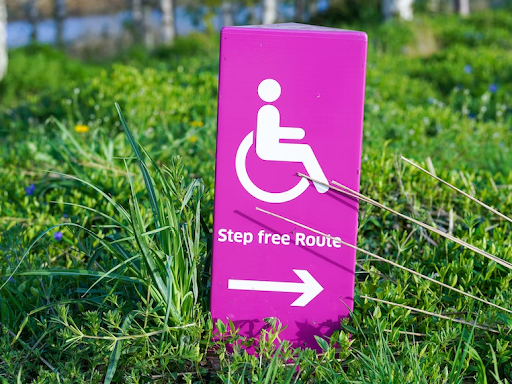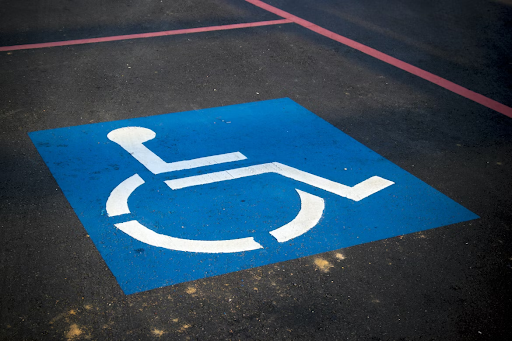How To Make Commercial Premises More Accessible To The Disabled
As a business owner, you want to make sure that your premises are accessible to as many people as possible. This includes people with disabilities. Making your commercial premises more accessible can seem like a daunting task, but it doesn’t have to be. There are a few simple things you can do to make sure that your business is inclusive and welcoming to everyone. Here are some tips on how to make your commercial space more accessible for the disabled.
Installing Automatic Doors And Ramps
Strategies to make commercial buildings more accessible for individuals with disabilities include installing automatic doors or ramps. Installing automated swing doors can dramatically improve accessibility, as well as provide an immediate improvement to a customer’s experience. The installation of automated systems makes entering and exiting the premises significantly easier for those that have difficulty navigating standard doorways. Additionally, installing ramps eliminates steps and provides access to the building by those using wheelchairs or scooters. For businesses looking to make their buildings more accessible, these options are cost-effective solutions that also provide numerous benefits across multiple areas of customer service.For more information on industrial doors check out Larnec Doors.
Providing Clear Signage And Directional Aids
To ensure optimum accessibility for people with disabilities, businesses, and commercial premises should take the time to provide clear signage and directional aids. Signs can detail where accessible entrances or exits are located, as well as alert employees to important safety protocols when assisting anyone with a disability as they enter or leave your building. Directional aids enable individuals to access facilities easily, guaranteeing everyone an equal opportunity for enjoyment of your premises. Companies have a responsibility to help their patrons find their way around and make sure their expertise is tailored to any customers’ needs—investing in clear signs and useful directional tools is a great first step toward improved accessibility standards.
Widening Doorways And Corridors
Widening doorways and corridors can seem like a daunting task when it comes to accessibility for disabled people. However, the rewards of creating more inclusive spaces will only benefit all who use them – wider walkways help prevent trips and falls, as well as encompass a broader demographic of customers with mobility issues. A few small changes like widening door frames, adding wheelchair ramps, or placing handrails in hallways can make all the difference, creating not only an accessible environment but a hospitable one too. Each alteration should be carefully planned to ensure safety and comfort for all those who need it most.
Creating An Accessible Toilet Facility
It requires careful attention to detail, with features including wide doors and corridors, railings at strategic locations, and enough space for maneuvering and turning in the toilet cubicle itself. This is particularly important if you are accommodating wheelchair users. Don’t forget to allow enough suspending space behind the door for clothes, personal items, and anything else needed during a restroom visit. A large clear sign is also necessary, preferably with both text and symbols indicating who can use each area and appropriate access routes.
Making these changes need not be expensive – some changes may be covered by existing grants or structural adjustment funds from local authorities. These changes create invaluable freedom and convenience and may have an enormous effect on people’s lives! All in all, ensuring accessible premises should always be a priority for anyone, not just big businesses – it enhances customers’ confidence in the brand, provides a well-rounded visitor experience, and drives innovation. Not to add that it’s morally correct to do it! Making premises easily accessible can be achieved by installing automatic doors and ramps, providing clear signage and directional aids as well as widening doorways and corridors while creating toilet facilities with safety bars or chair lifts will help those with mobility issues.

